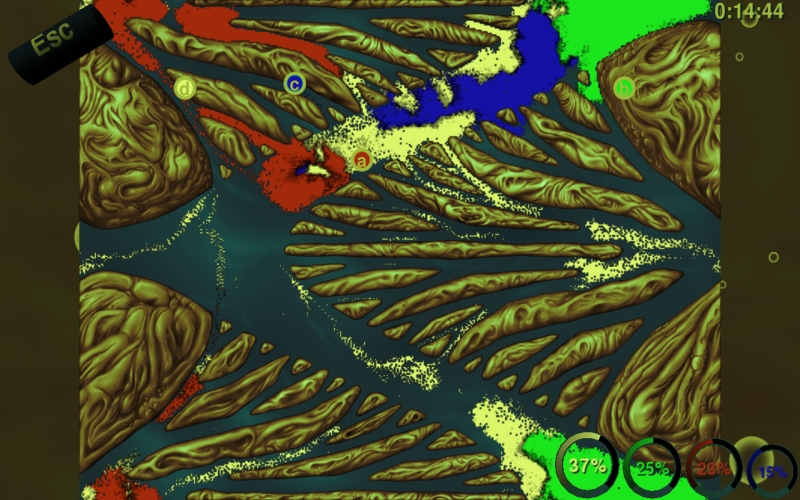

Exposure to compressed liquid chlorine may cause frostbite of the skin and eyes.Ĭhildren may receive a larger dose than adults exposed to environments with the same levels of chlorine gas because they have greater lung surface area-to-body weight ratios and increased minute volumes-to-weight ratios.

Higher exposures may result in severe chemical burns or ulcerations. However, ingestion of chlorine dissolved in water (e.g., sodium hypochlorite or household bleach) will cause corrosive tissue damage of the gastrointestinal tract.Įye/Dermal Contact: Low level exposures to chlorine gas will cause eye and skin irritation. Ingestion: Since chlorine is a gas at room temperature, it is unlikely that a severe exposure will result from ingestion. Severe exposures may result in noncardiogenic pulmonary edema, which may be delayed for several hours. At higher levels of exposure, signs and symptoms may progress to chest tightness, wheezing, dyspnea, and bronchospasm.

Chlorine's odor provides adequate early warning of its presence, but also causes olfactory fatigue or adaptation, reducing awareness of one's prolonged exposure at low concentrations. Low level exposures to chlorine in air will cause eye/skin/airway irritation, sore throat and cough. Inhalation: Most chlorine exposures occur via inhalation. The severity of the signs and symptoms caused by chlorine will vary according to amount, route and duration of exposure. The health effects resulting from most chlorine exposures begin within seconds to minutes. What are the immediate health effects of chlorine exposure? The oxidation of chlorine may also form hypochlorous acid, which will penetrate cells and react with cytoplasmic proteins to destroy cell structure. The strong oxidizing effects of chlorine cause hydrogen to split from water in moist tissue, resulting in the release of nascent oxygen and hydrogen chloride which produce corrosive tissue damage. The health effects of chlorine are primarily due to its corrosive properties. People may also be exposed to chlorine through skin or eye contact, or through ingestion of chlorine-contaminated food or water. Given the ubiquity and volume of chlorine in industrial and commercial locations, widespread exposures could occur from an accidental spill or release, or from a deliberate terrorist attack.īecause chlorine is a gas at room temperature, exposure occurs via inhalation. Chlorine is used in the preparation of chlorides, chlorinated solvents, pesticides, polymers, synthetic rubbers, and refrigerants. It is also used in cleaning products, including household bleach which is chlorine dissolved in water. During the production of paper and cloth, chlorine is used as a bleaching agent. It is used to disinfect water and is part of the sanitation process for sewage and industrial waste. Chlorine is commonly pressurized and cooled for storage and shipment as an amber-colored liquid.Ĭhlorine has a variety of uses.

#Liquid war interaction portable#
The Facts About Chlorine Technical InformationĪ copy of the The Facts About Chlorine (Technical Information) is available in Adobe Portable Document Format (PDF, 63 KB, 3pg.) All Health Care Professionals & Patient Safety.Clinical Guidelines, Standards & Quality of Care.Health & Safety in the Home, Workplace & Outdoors.Birth, Death, Marriage & Divorce Records.


 0 kommentar(er)
0 kommentar(er)
